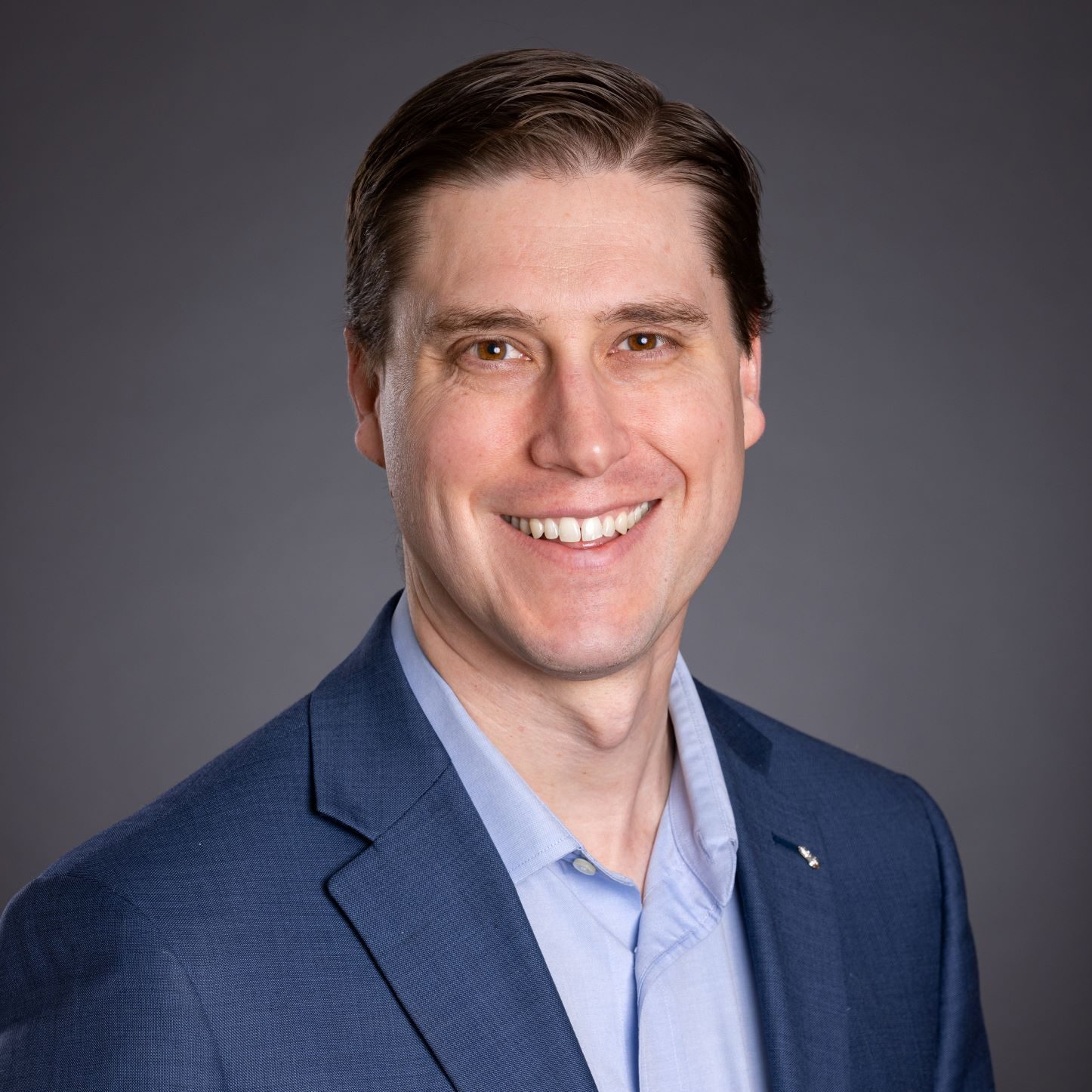It’s not every day I stumble on an article that combines my passions for baseball, philanthropy, and my home state of Georgia. Yet Mary Moran’s “Ty Cobb: An Unlikely Philanthropist” hit that unlikely triple crown.
I had no idea Ty Cobb, the Royston, Georgia, native known for being a hard-charging ballplayer (and person in general), had such a soft spot for philanthropy later in life. How he went about his giving offers some valuable suggestions for today’s donors.
Play your position
In baseball, players generally specialize in a single position on the field. For Ty Cobb, he was a specialist in the outfield. Philanthropically, he set his foundation to focus on education. Specifically, he sought to help hard-working Georgia students with financial need pay for college. As the article notes, “As someone who never attended college, he valued education. His father was a high school principal who wanted Cobb to attend college.”
More than just helping kids attain higher education, however, he wanted to support hard-chargers like himself. His foundation – which continues its mission today – requires a 3.0 grade point average and 30 semester hours in order to qualify. That means applicants must have proven themselves not just by finishing a full year of college but by working hard to do it. And no filling your course load with what might be perceived as easy “A”s – the guidelines exclude “credits in P.E., ROTC, Band, Chorus and Others of an activity or related area.”
Those restrictions may sound like they significantly narrow down the pool of applicants. I imagine that is the point. Other philanthropists are free to set up their programs as they see fit. Cobb created the program that matched his vision.
Make a game plan
Once Cobb turned to philanthropy, he did so methodically. Before establishing his educational foundation, he gave $100,000 to a hospital in his hometown that would honor his parents, spending two years visiting other hospitals to determine the best way to make the gift.
Having tested his methods in that one gift, he went about establishing something more permanent. In setting up his foundation, Moran explained Cobb again took steps to create a clear plan for the foundation that would also allow it to be true to its purpose into the future:
“For some time, he consulted with Dr. Daniel Elkins, professor of medicine and head of the Department of Surgery at Emory University School of Medicine in Atlanta. He recruited several other preeminent individuals, such as the Chancellor of the University System of Georgia, to be trustees of his PF. To this day, a majority of the trustees are prominent educators.”
As mentioned above, the foundation has strict guidelines overseen by trusted experts and a very clear donor-defined mission. These are hallmarks of a well-established donor intent game plan.
It is why at DonorsTrust we ask all our clients to draft a donor intent statement when they create their account – and we encourage them to review it regularly. These guidelines matter for ensuring a charitable legacy meets the expectations of the donor.
Rely on your teammates
Just as Cobb leaned on education experts to start and then to steer his foundation, you have experts available to assist you in your journey to define your charitable legacy.
This particular article, written with an audience of financial planners in mind, notes “the importance of having values-based philanthropic conversations” between planners and their clients. Your financial planner or trust and estate attorney can help navigate the waters of determining the charitable vehicles, amounts, and timing options available to achieve your goals.
Likewise, charitable organizations to which you already donate can help you develop ideas of how to effectively leave a legacy. Working with a mission-driven donor-advised fund such as DonorsTrust can also provide a like-minded partner in mapping out how to support the right groups that will achieve your vision.
Baseball historians may scoff at the idea of Ty Cobb relying on teammates given how notoriously difficult he could be, and the fact that he was generally disliked by many of his teammates. He played hard and, despite a Hall of Fame career, did not make many friends along the way. However, I’m reminded of a piece from Karl Zinsmeister’ Almanac of American Philanthropy, where he notes that, “here’s the fascinating secret of philanthropy…you don’t need to be an angel to participate.”
We can debate whether Cobb was a saint or something else, but it is clear he was strategic in leaving behind his charitable legacy. And students and patients have benefited because of it. All donors can take a lesson from this and apply a similar methodical approach to defining their vision and protecting their charitable intent.
Author
-

Peter Lipsett is vice president at DonorsTrust. He also leads DonorsTrust’s Novus Society, a network of donors under 40 committed to growing their philanthropic know-how. He has a dual degree in political science and theater from Davidson College and finally got a practical credential with an MBA from George Mason University.
View all posts


